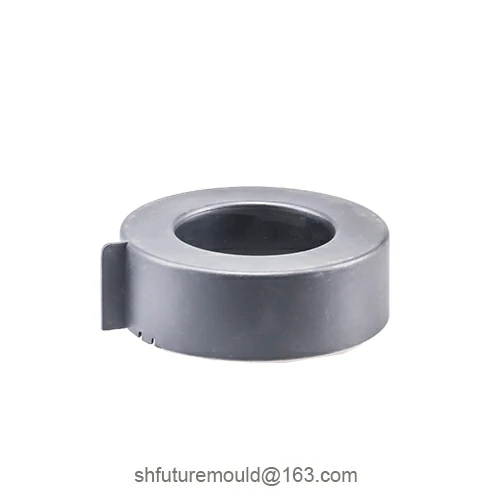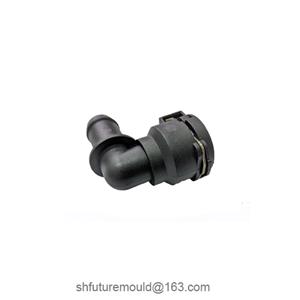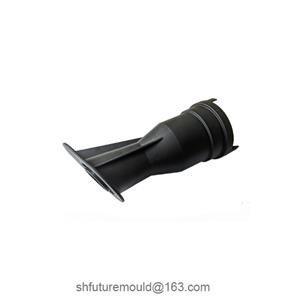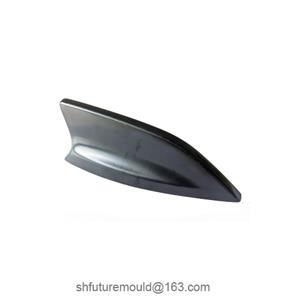Brief introduction of plastic ultrasonic welding
Ultrasonic plastic welding is a technique that joins thermoplastic materials by using high-frequency mechanical vibrations to generate frictional heat at the joint interface. This heat melts the plastic, allowing it to fuse and form a strong bond upon cooling.
Advantages of ultrasonic plastic welding
1. Fast and efficient: ultrasonic welding offers rapid welding times, typically just a few seconds, due to efficient heat generation.
2. High-quality welds: the resulting welds exhibit high strength, good sealing properties, and resistance to cracking.
3. Low deformation: heat is concentrated at the joint interface, minimizing heat transfer to surrounding areas and reducing deformation.
4. Wide applicability: the process can weld various thermoplastics and accommodate parts of different shapes and sizes.
5. Environmentally friendly: no solvents or adhesives are involved, eliminating toxic emissions and making it an eco-friendly method.
Ultrasonic plastic welding process:
1. Part cleaning: before welding, the plastic parts must be thoroughly cleaned to remove any surface contaminants like oil and dust.
2. Part assembly: the parts are carefully assembled according to the specified welding requirements to ensure proper alignment and contact with the joint surface.
3. Welding: the assembled parts are placed in the ultrasonic welding machine. Ultrasonic vibrations and pressure are applied to the joint area, causing the plastic to melt and fuse.
4. Cooling: the welded parts are maintained under pressure while cooling to allow the weld joint to solidify.
Considerations for Ultrasonic Plastic Welding
1. Appropriate welding parameters: select suitable parameters, including welding time, pressure, and power, based on the plastic type and part thickness.
2. Part cleanliness: ensure the plastic parts are clean and free of contaminants.
3. Proper part alignment: align the parts correctly in the welding fixture to ensure complete contact with the joint surfaces.
4. Controlled welding time: excessive welding time can lead to over-melting and potential plastic degradation, while insufficient time may result in incomplete fusion.
5. Proper cooling method: employ an appropriate cooling method to ensure uniform cooling of the weld joint and prevent residual stresses.
Ultrasonic plastic welding has emerged as a valuable technique in the plastics manufacturing industry due to its numerous advantages, including speed, weld quality, minimal deformation, versatility, and environmental friendliness.
- Injection Mold
- Automotive Injection Mold
- Electronics & Electrical Injection Mold
- Consumer Goods Injection Mold
- Airplane Components Injection Mold
- Medical Components Injection Mold
- Irrigation Components Injection Mold
- Injection Molds




